
Tech & Sci
21:51, 03-Jan-2019
Chang'e-4 Lunar Mission: What's next for the exploration project?
Updated
21:44, 06-Jan-2019
By Wu Lei, Chen Weikui
03:10
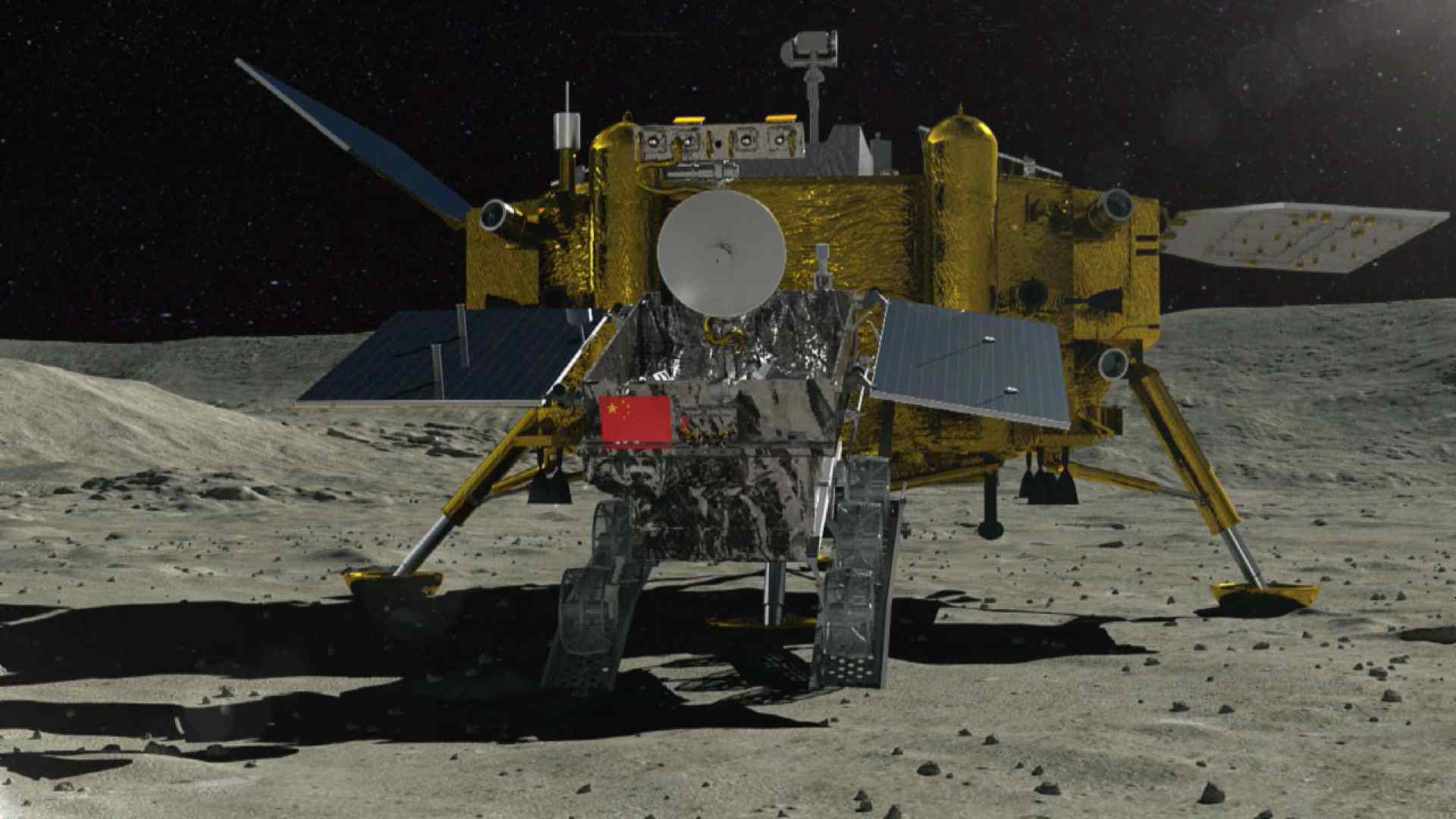
With China's Chang'e-4 lander and rover successfully landing on the mysterious far side of the Moon, a series of experiments are going to be conducted over the next few months.
Scientists around the world have long dreamed of carrying out different kinds of experiments on the lunar surface but challenges like radiation and safety issues have always been a matter of grave concern.
The Chang'e-4 is installed with payload Lunar Lander Neutrons and Dosimetry which was jointly developed by Chinese and German scientists and is expected to overcome some of these concerns.
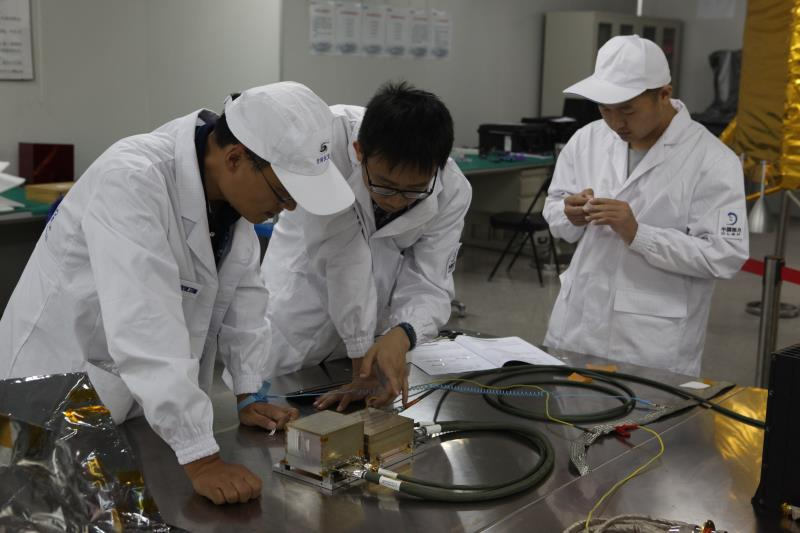
The Lunar Lander Neutrons and Dosimetry will help measure radiations and discover water on the Moon. /CGTN Photo
The Lunar Lander Neutrons and Dosimetry will help measure radiations and discover water on the Moon. /CGTN Photo
Professor Robert F. Wimmer Schweingruber who took part in the Lunar Lander Neutrons and Dosimetry project told CGTN that their instrument measures the dose range of radiations which the astronauts could experience on the Moon, both the neutral and charge dose rate. And that's something important because it's the only risk once astronauts come back from the Moon.
"This instrument also plans to measure whether there is water on the far side of the Moon's surface and its quantity. They hope to measure the quantity as precisely as possible," according to Zhang Shenyi, Chinese co-principal investigator of the Lunar Lander Neutrons and Dosimetry.
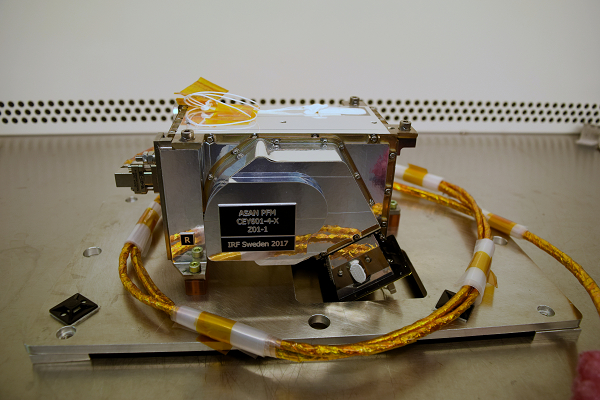
The Advanced Small Analyzer for the Neutrals payload is expected to study particles on the Moon. /CGTN Photo
The Advanced Small Analyzer for the Neutrals payload is expected to study particles on the Moon. /CGTN Photo
Another payload, the Advanced Small Analyzer for the Neutrals, developed by Chinese and Swedish scientists, has taken on a different responsibility.
"The payload will measure two kinds of particles – the ones brought by solar winds, which may be charged with electrons and later produce a hydrogen atom, and the other, original particles of the Moon, such as sodion, oxygen ion," said Zhang Aibing, co-principal investigator of Chang'e-4 Advanced Small Analyzer for Neutrals.
Studying this unknown environment is key to extending mankind's knowledge of the solar system.
Dr. Johan Kohler, head of the Space Situational Awareness of Rymdystyrelesen Swedish National Space Agency told CGTN that it is very important to understand what happens when the solar wind crashes into the lunar surface, interacts and spreads particles around. And these particles form the extremely-thin atmosphere like the gaseous environment of the Moon's surface.
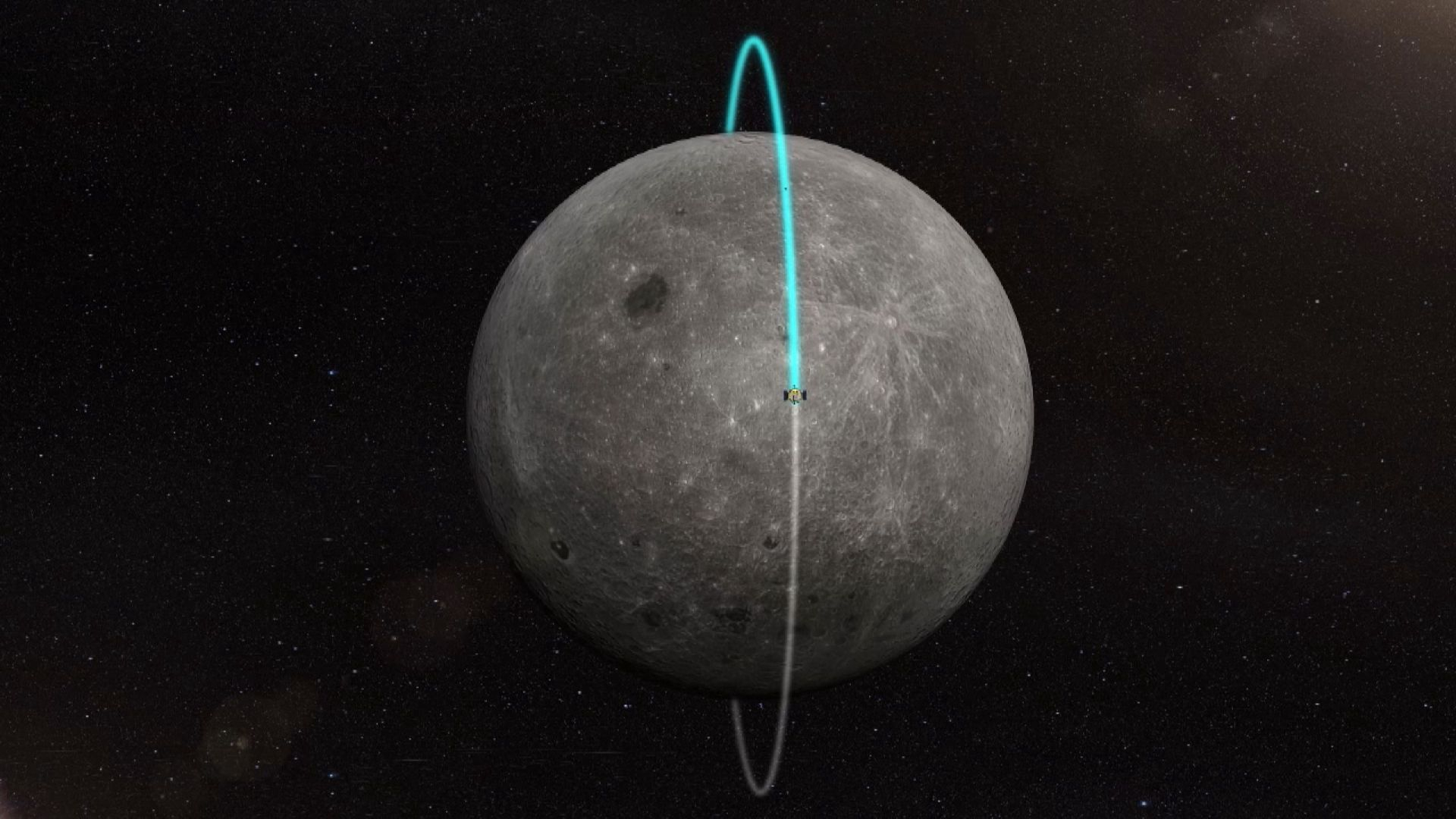
The Low-Frequency Explorer aims to understand how the planet is rotating. /CGTN photo
The Low-Frequency Explorer aims to understand how the planet is rotating. /CGTN photo
In cooperation with Dutch scientists, the Low-Frequency Explorer installed on the relay satellite Queqiao (Magpie Bridge) is designed to understand how the planet is rotating, and what is the major cause of such activity, whether these movements inside the solar system will affect human lives, Ping Jinsong, investigator of the Low-Frequency Explorer told CGTN.
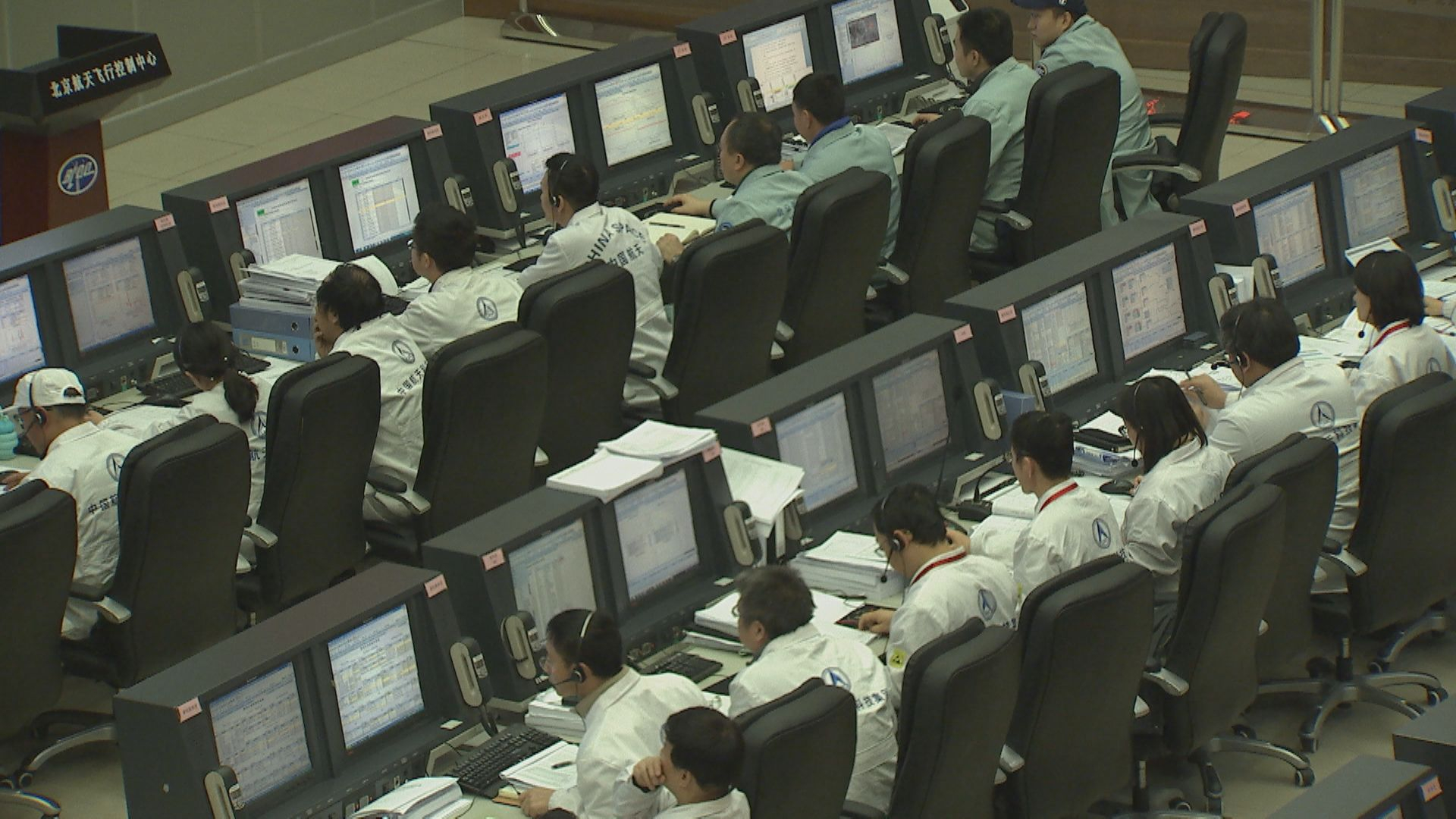
Scientists from China and around the world will share their findings with other experts in accordance with an open data policy. /CGTN Photo
Scientists from China and around the world will share their findings with other experts in accordance with an open data policy. /CGTN Photo
Over the next few months, scientists from around the world will receive first-hand data from their instruments. They say they will study and share their findings with other global experts in accordance with an open data policy.
The Moon is the Earth's nearest neighbor. Experts said it provides a natural lab for various studies and experiments.
They believe exploring the unknown far side of the Moon is of great importance to the overall study of the spacious space.

SITEMAP
Copyright © 2018 CGTN. Beijing ICP prepared NO.16065310-3
Copyright © 2018 CGTN. Beijing ICP prepared NO.16065310-3